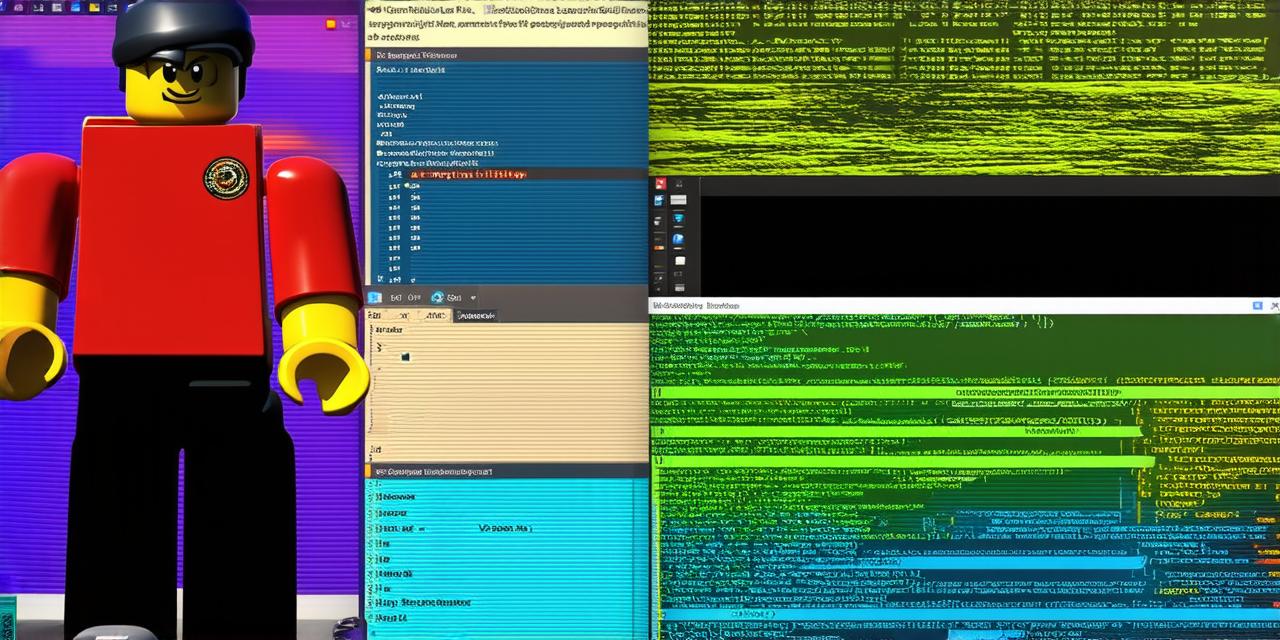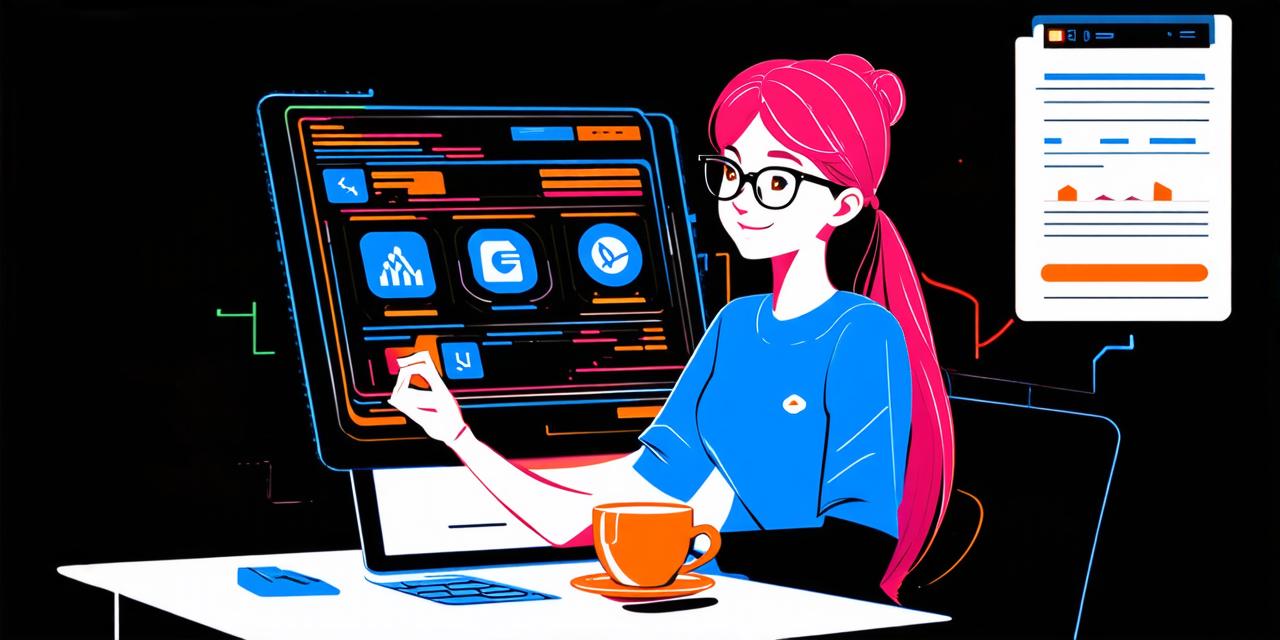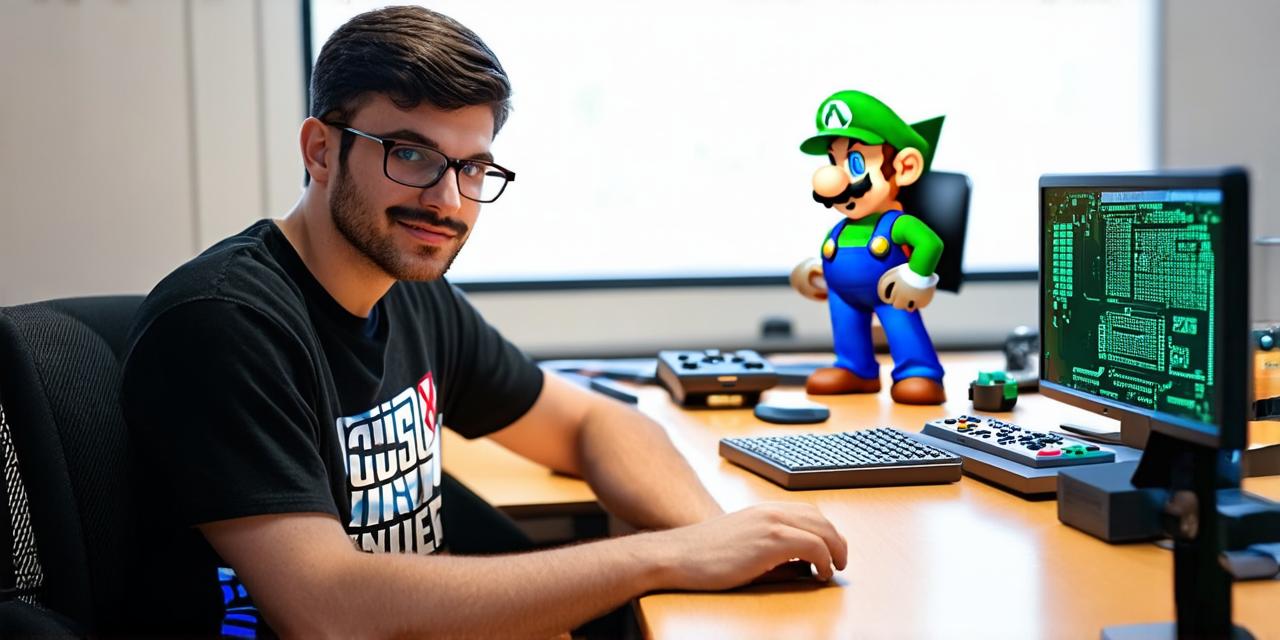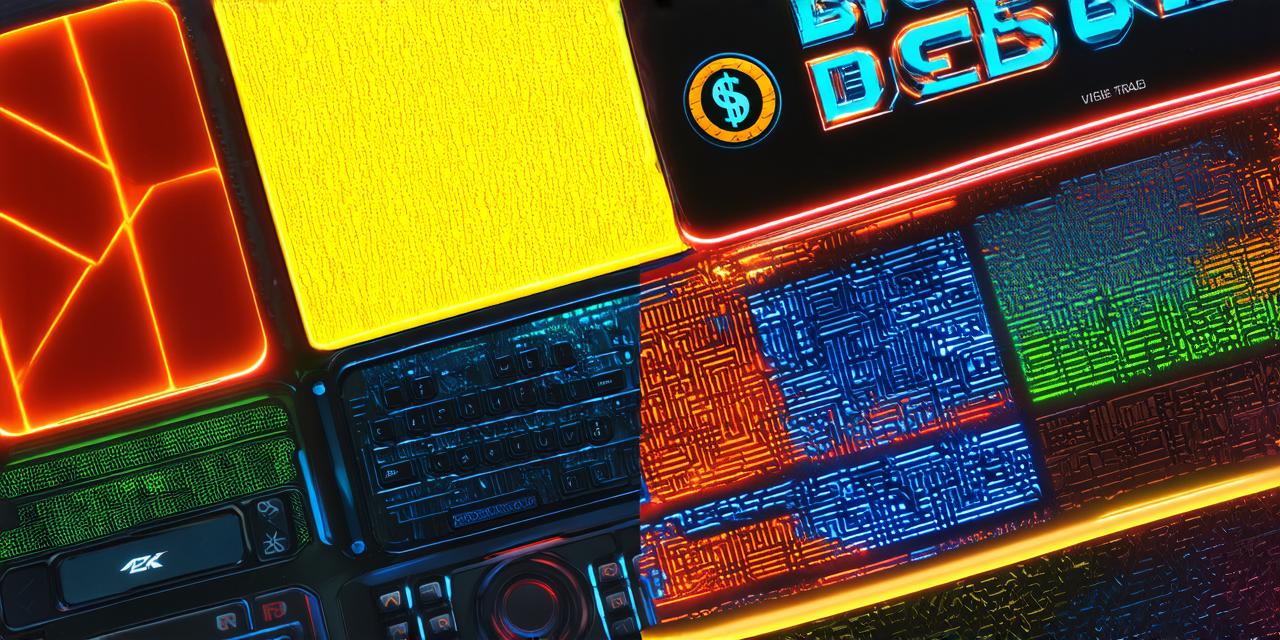As a game developer, you pour your heart and soul into creating something that will capture the hearts and minds of players. You spend countless hours testing and refining, trying to make sure that every aspect of the game is polished and perfect. And then, sometimes, it happens – a simple game that you thought would be just another addition to your portfolio goes viral, blowing up on social media and generating millions of downloads.
Case Studies:
One of the most well-known examples of a simple game that took off is Flappy Bird, which was released in 2013. Created by Vietnamese developer Dong Nguyen, Flappy Bird was an incredibly basic game – all the player had to do was control a bird as it flew through a series of pipes. Despite its simplicity, Flappy Bird quickly became a cultural phenomenon, with millions of people around the world downloading and playing the game.
Another example is Candy Crush Saga, which was released in 2012 by King. At first, Candy Crush was just another casual mobile game, but it soon gained traction on social media, with players sharing their scores and competing with friends. Today, Candy Crush is one of the most popular games in the world, with over a billion downloads and millions of active users every day.
Personal Experiences:
As a game developer myself, I can attest to the thrill of seeing a simple game take off. When my team and I released our first game, we were just a small group of developers working out of a cramped office. We had poured our hearts and souls into the game, but we had no idea if anyone would even like it.
When the game was finally launched, we watched anxiously as players started downloading and playing. And then, one day, we got a notification that the game had gone viral on social media. We couldn’t believe our luck – people were actually enjoying our game! Over the next few weeks, we watched in amazement as the game’s popularity continued to grow, with millions of downloads and glowing reviews from players.
What Makes a Game Go Viral?
Of course, not every simple game will become a viral sensation. So what makes a game go viral? There are a few key factors that can help a game catch on with players:
-
Addictive gameplay: One of the most important things about a successful game is that it’s addictive. Players should want to keep coming back for more, even after they’ve completed the game.
-
Social sharing: Games that can be easily shared on social media are more likely to go viral. If players can invite their friends to play or share their progress on Facebook or Twitter, the game is more likely to spread.
-
Unique features: A game that stands out from the crowd is more likely to catch on with players. Whether it’s a unique storyline, innovative gameplay mechanics, or eye-catching graphics, a game that offers something new and exciting is more likely to be successful.
-
Timing: Sometimes, all it takes for a game to go viral is perfect timing. A game that is released during a slow period for other games or that taps into a current cultural trend can quickly gain traction with players.
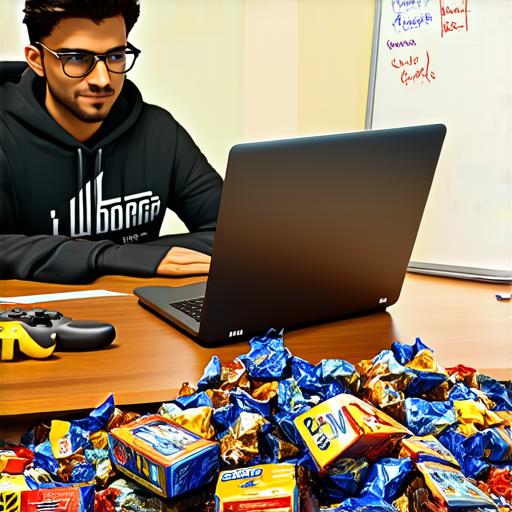
Harnessing the Power of Success
So what can game developers do if their simple game takes off? The key is to harness the power of success and use it to create even greater games in the future. Here are a few tips:
-
Keep iterating: If your game has become popular, don’t rest on your laurels.

